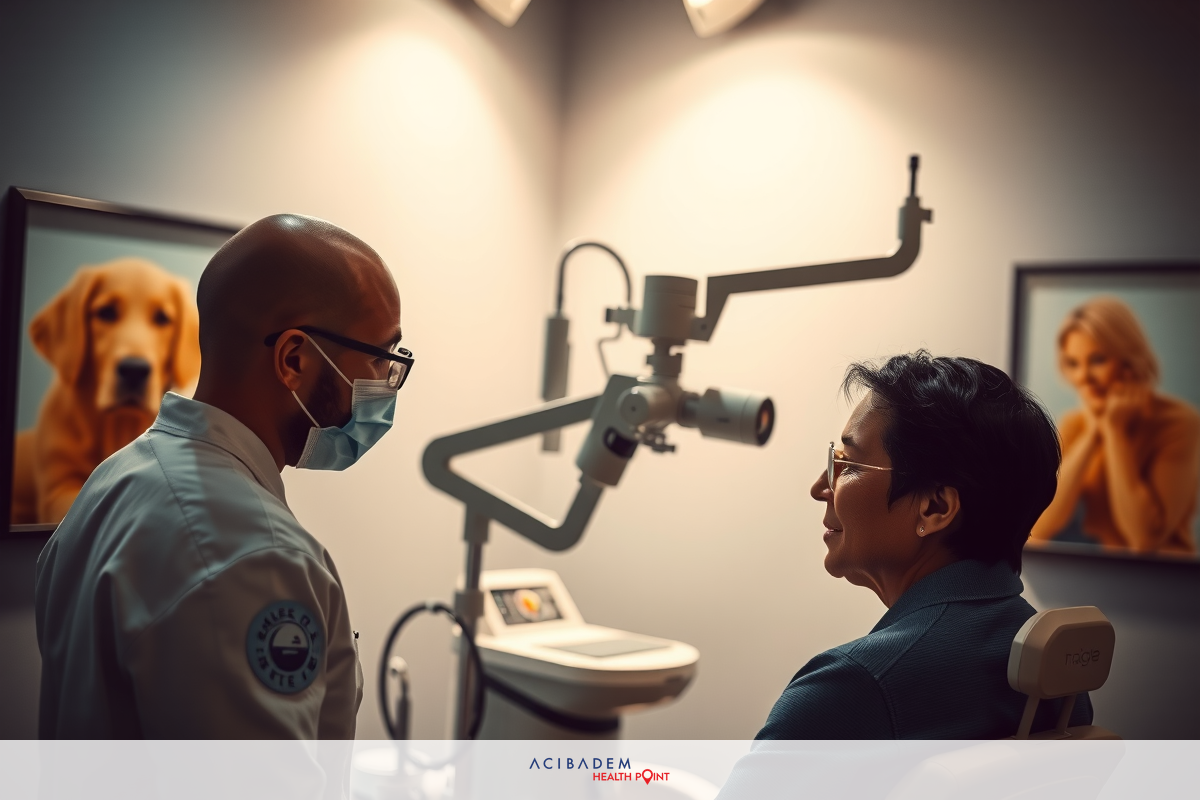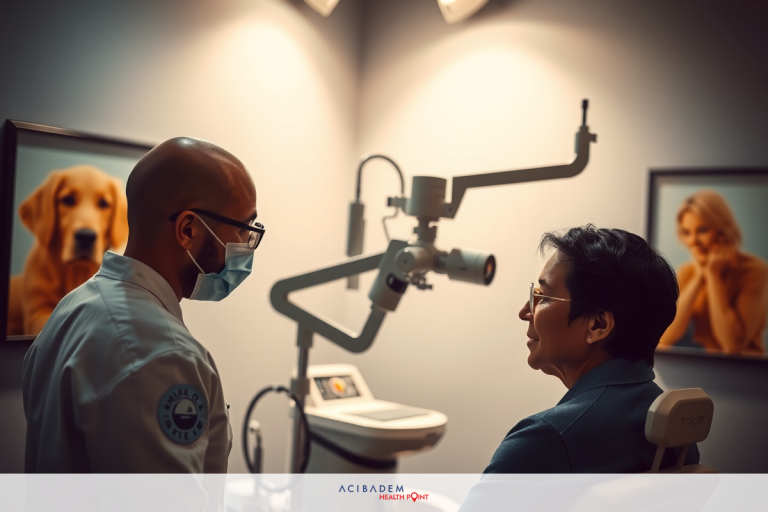Does LASIK Surgery Change Eye Shape?
Does LASIK Surgery Change Eye Shape? The realm of refractive surgery is a fascinating one, particularly when focusing on LASIK’s role and its influence on the eye’s shape. As an acclaimed method for vision correction, it sparks numerous questions among potential patients. One such query revolves around whether this technique alters the physical structure of the eye.
Diving into the depths of ophthalmology reveals that LASIK primarily corrects imperfections in the cornea—the clear front surface of your eyes—thus enhancing visual acuity. The procedure necessitates reshaping this part to allow light entering your eyes to be properly focused onto the retina, which subsequently results in clearer vision. Yet, does this alteration fundamentally change our perception of what we might consider being ‘eye shape’?
This question forms a captivating premise for discussion and further analysis within medical circles. While providing accurate information about surgical interventions like LASIK may seem straightforward at first glance, it often involves a certain level of complexity due to varying definitions and individual patient experiences.
How LASIK Surgery Works
LASIK, short for Laser-Assisted In Situ Keratomileusis, is a form of refractive surgery designed to reshape the cornea, the clear front part of the eye. This reshaping process aims to correct vision by allowing light entering the eye to focus properly on the retina rather than being distorted due to irregularities in the corneal shape. As we delve deeper into this topic, it’s essential to clarify that while LASIK does indeed change the shape of your cornea, its impact on what one might visually perceive as ‘eye shape’ may not be as significant.
The first step in this intricate surgical procedure involves creating a thin flap on the surface of your cornea using either a specialized laser or blade. The surgeon then carefully peels back this flap, exposing an inner layer of tissue ready for treatment. It’s at this juncture that many patients begin wondering about potential changes in their eye’s exterior appearance post-surgery. After all, isn’t cutting and moving parts around bound to result in some visible difference?
Following completion and closure of corneal flap post-ablation, healing process initiates almost immediately. Within a few days to weeks—depending on individual recovery rates—your vision stabilizes as your eyes adjust to their newfound clarity. This surprisingly straightforward and quick turnaround time only adds to LASIK’s appeal for many individuals seeking long-term vision improvement solutions; however, its lack of visible changes in ‘eye shape’ might leave some still pondering over that initial query we started with.
Effects of LASIK Surgery on Eye Shape
In essence, one must realize that although the LASIK procedure involves alterations to the corneal structure, these modifications are microscopic and occur beneath a protective layer of tissue. Therefore, any perceived changes to eye shape following LASIK surgery would be virtually imperceptible. This fact is an essential point for potential patients who may fear noticeable physical alteration post-surgery.
The reality is that while LASIK does indeed result in permanent changes to the cornea’s contour. It does not cause important shifts in what we generally perceive as ‘eye shape’. The primary target here is your vision improvement rather than cosmetic enhancement. When we talk about ‘eye shape’, it usually refers more to aspects like whether someone has round eyes or almond-shaped ones. Factors mainly determined by elements such as eyelids and orbital bones surrounding eyes rather than the cornea itself.
While curiosity over potential alterations remains understandable, regarding definitive answer surrounding question posed initially: Does Lasik change eye shape? The answer leans more towards ‘no’ than ‘yes’, at least from perspective considering visible aesthetic considerations. Your peepers will still look just like yours only now

they’ll be seeing a whole lot better.
Vision Improvement After LASIK Surgery
LASIK surgery promises a world of change for those who have lived their lives behind the lenses of glasses or contact lenses. The allure of this procedure lies not in altering physical appearances but boosting visual performance, bringing about important qualitative changes in an individual’s everyday life. It is here that the real magic unfolds—your vision takes on more clarity and crispness, with many patients reporting 20/20 vision or better post-surgery.
The benefits extend beyond just broad daylight too—with night vision often witnessing substantial improvement following successful LASIK surgery. Imagine glancing up at a starry sky and seeing each celestial body with sharp precision—no halos around lights, no blurry edges! This remarkable transformation underscores why refractive surgery like LASIK holds such appeal. It has the potential to bring about profound shifts in how you perceive your surroundings.
For those deemed appropriate candidates by their ophthalmologists, and provided everything goes well during operation. Their journey towards clearer sight can begin almost immediately after stepping out from surgical suite itself! And while there may not be any visible change detectable within ‘eye shape’ per se, as we’ve explored earlier. That doesn’t negate fact that what truly matters, in terms improvements gained via enhanced vision capabilities, are indeed profoundly transformative and deeply impactful upon one’s day-to- day living experiences moving forward post-LASIK.
Frequently Asked Questions
Does LASIK surgery change the shape of my eyes?
While LASIK does alter the contour of your cornea to correct vision, these changes are microscopic and typically not visible. The perceived 'eye shape'—round, almond-shaped, etc., which is influenced more by aspects like eyelids and orbital bones—is not affected by this procedure.
Will others notice a visual difference in my eyes after LASIK surgery?
n most cases, no. As mentioned earlier, the changes caused by LASIK occur at a microscopic level within your cornea. Any alterations would be virtually imperceptible to others.
What type of vision improvement can I expect after undergoing LASIK surgery?
Many patients report 20/20 vision or better following successful completion of their LASIK procedure. Individual results may vary based on factors such as age and health condition among others.
Is there an improvement in night vision post-LASIK surgery too?
Typically yes! Along with overall visual acuity improvements under normal lighting conditions during day-time hours. Many individuals also experience enhanced clarity during nighttime post-procedure—reducing issues such as halos around lights or blurry edges that they might have previously experienced prior to undergoing this refractive surgical intervention.








